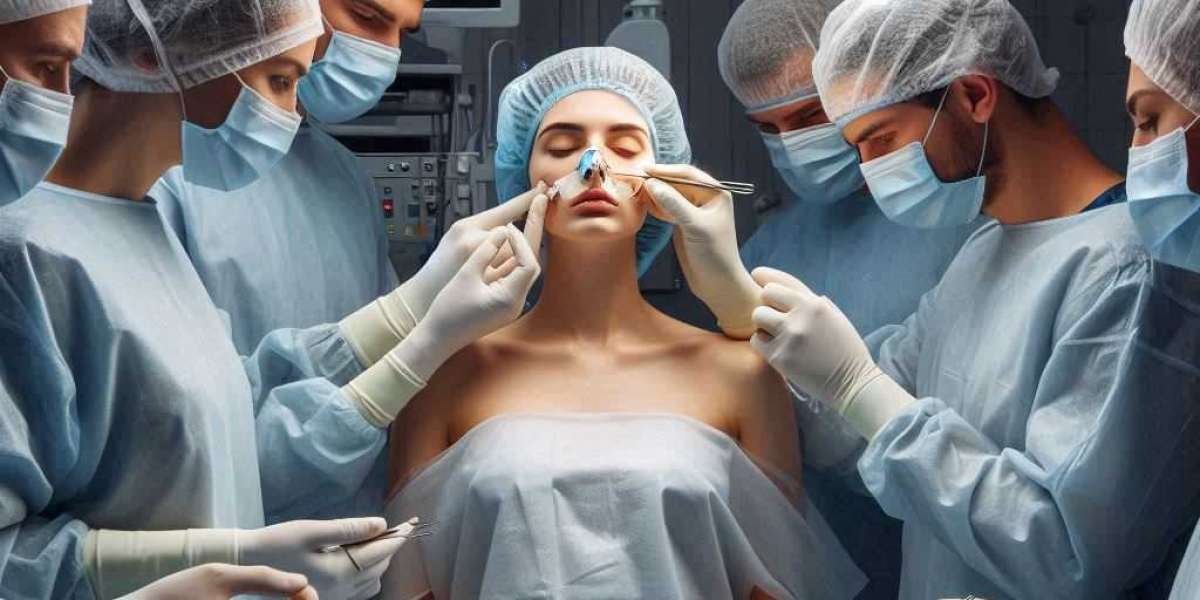Facial hair, particularly beards, has long been associated with masculinity, confidence, and style. However, not all men are able to grow a full, thick beard. For various reasons, including genetics, hormonal imbalances, or past trauma, some struggle with patchy or thin facial hair. In recent years, the solution to this problem has gained popularity through Beard Transplant procedures, offering a permanent way to achieve a fuller, more defined beard. But what exactly does this procedure involve? Let’s delve into the details.
What Is a Beard Transplant?
A beard transplant is a cosmetic procedure where hair follicles are taken from a donor area (usually the scalp) and transplanted into the facial area to stimulate beard growth. The technique behind the procedure is similar to a hair transplant performed on the scalp. The two most common methods used in beard transplants are Follicular Unit Extraction (FUE) and Follicular Unit Transplantation (FUT).
- FUE: In this method, individual hair follicles are extracted from the donor area and implanted one by one into the facial region. FUE is less invasive and leaves minimal scarring.
- FUT: Also known as strip harvesting, this involves removing a small strip of skin with hair follicles from the back of the head. The strip is then divided into smaller units for transplantation.
Both techniques are effective, though FUE tends to be more common due to its less invasive nature and quicker recovery time.
Who Should Consider a Beard Transplant?
There are several reasons someone might consider a beard transplant. For some, it’s about filling in patchy areas or improving the thickness of their beard, while others may want to redefine their beard’s shape or style. A beard transplant may be a good option for:
- Individuals with sparse or patchy facial hair: Genetics plays a huge role in beard growth. Some men are predisposed to growing thin or uneven beards, which can be corrected through a transplant.
- Men who have lost facial hair due to injury or scarring: Trauma or skin conditions can affect hair follicles, leading to permanent hair loss in specific areas of the face. A transplant can restore facial hair in these areas.
- Those who want to reshape or redesign their beard: If you're looking to enhance your beard's aesthetic, a transplant can help you achieve the style you desire.
The Procedure: What to Expect
Understanding the process of a beard transplant can ease any concerns and prepare you for what’s ahead. Typically, the entire procedure is completed within one day, lasting anywhere between 4 to 8 hours depending on the complexity and the number of grafts required.
- Consultation:
During the initial consultation, your surgeon will evaluate your facial hair density and the donor area (usually the back of the scalp). They'll discuss your desired beard shape and fullness, ensuring your goals align with realistic outcomes.
- Preparation:
On the day of the procedure, the donor area will be shaved, cleaned, and numbed with local anesthesia. The recipient area on the face will also be numbed to minimize discomfort during the transplant.
- Extraction:
Depending on whether FUE or FUT is chosen, hair follicles will be extracted from the scalp. FUE involves the individual removal of follicles, while FUT involves extracting a strip of hair-bearing skin.
- Transplantation:
Once the follicles are extracted, the surgeon will carefully implant them into the facial region, following the natural hair growth direction. The placement of these follicles is done meticulously to ensure a natural-looking beard.
- Post-Procedure Care:
After the transplant, you may experience mild swelling or redness in the recipient area, but this should subside within a few days. Small scabs may form at the transplant sites but typically fall off within a week. Your surgeon will provide specific aftercare instructions, which may include avoiding certain activities like strenuous exercise or direct sun exposure for a period of time.
Recovery and Results
Most patients can return to their normal routine within a few days after the procedure. However, it’s important to avoid touching the transplanted area to prevent dislodging the newly placed follicles. Within 2 to 3 weeks, the transplanted hairs will likely fall out, which is a normal part of the process. New, permanent hair growth will begin in the coming months, with full results visible around 8 to 12 months post-procedure.
Benefits of a Beard Transplant
There are several advantages to undergoing a beard transplant, including:
- Permanent results: Unlike other hair restoration treatments that require ongoing maintenance, a beard transplant offers permanent results once the hair follicles have successfully taken root.
- Natural appearance: Since the hair used comes from your own body, the result is a natural-looking beard that blends seamlessly with your existing facial hair.
- Boost in confidence: A fuller, more defined beard can enhance your appearance and boost self-esteem, especially for those who have struggled with sparse or patchy facial hair.
Risks and Considerations
While a beard transplant is generally safe, as with any surgical procedure, there are risks and potential complications to consider. These may include:
- Infection: Though rare, infection at the donor or recipient site can occur if post-operative care isn’t followed correctly.
- Scarring: While FUE typically results in minimal scarring, FUT may leave a small linear scar at the donor site.
- Shock loss: Some patients may experience "shock loss," where the transplanted hairs temporarily fall out. This is a normal part of the healing process, and new hair growth will follow.
Cost and Availability
The cost of a beard transplant can vary depending on several factors, including the number of grafts needed, the clinic's location, and the surgeon's expertise. On average, patients can expect to pay between $3,000 and $7,000 for the procedure.
It's essential to choose a reputable clinic with experienced professionals to ensure the best results. Many clinics offer consultations, allowing potential patients to discuss their goals and expectations before committing to the procedure.
Final Thoughts
A Beard Transplant is an excellent option for men who want to achieve a fuller, more defined beard. Whether you’re looking to fill in patchy areas, redefine your beard’s shape, or restore facial hair lost due to injury or genetics, the procedure offers a permanent solution with natural-looking results. By understanding the process, benefits, and potential risks, you can make an informed decision and confidently move forward with your beard transformation.







